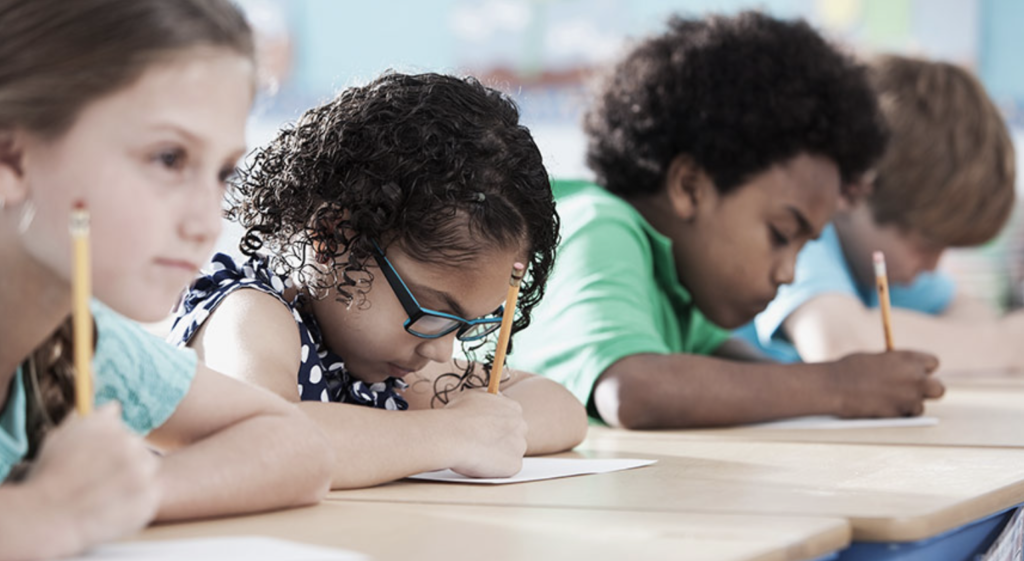Life skills examples in special education are the set of essential abilities that individuals with disabilities need to function effectively in their everyday lives. These skills are practical and necessary for personal, social, and vocational development. Life skills encompass a wide range of abilities that enable individuals to live independently, make decisions, and navigate various situations. They empower students to become more self-sufficient and participate actively in their communities.

Life skills examples in education in special education goes beyond mere academic achievement, focusing instead on equipping students with the tools they need to thrive in all aspects of life. These skills extend beyond the classroom walls and into real-world scenarios, preparing students for the challenges and opportunities they will encounter as they transition into adulthood. In addition to fostering independence and self-sufficiency, life skills education promotes social inclusion and enhances students’ overall quality of life.
By integrating practical, hands-on learning experiences into the curriculum, educators can help students develop the essential skills they need to lead fulfilling and meaningful lives. From basic self-care tasks to complex problem-solving abilities, life skills education lays the foundation for students to achieve their full potential and pursue their goals with confidence and competence.
You should begin teaching life skills examples as early as possible, as soon as a child starts showing interest and readiness to learn. It is essential to introduce basic life skills from a young age to promote early independence, build self-confidence, and establish a strong foundation for future learning and development. While the specific age may vary depending on individual capabilities and developmental milestones, here are some general guidelines:
Preschool and Early Childhood: This is an ideal time to introduce basic life skills examples like personal hygiene (washing hands, brushing teeth), cleaning up after play, dressing themselves (putting on shoes, zipping a jacket), and social skills (taking turns, sharing).
Elementary School: They can learn more complex life skills examples, such as basic cooking (making simple snacks or drinks), money handling (counting money), time management (getting ready for school on time), and basic safety rules (crossing the street safely).
Middle School and Beyond: Students can expand their life skills examples to include more advanced cooking, budgeting and financial literacy, public transportation usage, independent decision-making, and problem-solving.
Early exposure to life skills examples helps identify any challenges a child may face and allows for early intervention and adult support if needed. Also, learning life skills empowers children to become more independent and self-sufficient, which boosts their self-esteem and confidence. Life skills education is also known as functional learning. This is directly applicable to daily life, which enhances a child’s ability to navigate everyday situations successfully as they grow up. Mastering life skills prepares children for significant transitions, such as starting school, transitioning to new grade levels, or moving into adulthood. The skills acquired through life skills education are transferable and valuable throughout a person’s life, fostering life-long learning and adaptability.
Starting life skills education early sets a positive trajectory for a child’s development, supporting their overall growth and well-being. As children progress through different stages of development, educators and caregivers can continue to build upon these skills, tailoring instruction to meet their changing needs and abilities.
By promoting self-efficacy through life skills education, special education teachers help students with disabilities develop a strong belief in their abilities to overcome challenges and succeed. This increased self-efficacy not only enhances their academic performance but also empowers them to become more independent and confident individuals, better equipped to navigate life’s complexities.
Life skills education for elementary school students encompasses a diverse array of essential abilities tailored to their developmental stage. At this level, students begin to learn foundational life skills that will serve as building blocks for future growth and independence. These skills may include basic self-care tasks such as personal hygiene, grooming, and dressing themselves appropriately.
Elementary students also learn important social skills such as communication, cooperation, and conflict resolution, which are vital for navigating social interactions both inside and outside the classroom. Additionally, elementary school life skills education often introduces students to fundamental concepts related to health and safety, financial literacy, and decision-making. Through hands-on learning experiences and age-appropriate activities, educators can help elementary students develop the confidence and competence they need to succeed in school and beyond.
Life skills education for middle school students focuses on building upon the foundational skills acquired in elementary school while introducing more complex concepts and responsibilities. At this stage, students begin to delve deeper into areas such as personal organization, time management, and goal setting to prepare for the increasing demands of adolescence and beyond. Middle school life skills education also emphasizes the development of critical thinking and problem-solving skills, as well as effective communication and collaboration abilities.
Students may engage in activities that promote financial literacy, such as budgeting and understanding basic economic principles, as well as practical skills related to technology and digital citizenship. Additionally, middle school life skills education often includes topics such as health and wellness, career exploration, and civic engagement, providing students with the knowledge and skills they need to navigate the challenges and opportunities of adolescence and adulthood. Through experiential learning opportunities and real-world applications, educators can empower middle school students to become confident, capable, and responsible individuals.
Read more about life skills:
5 Life Skills for Middle School
What are you looking for?
COPYRIGHT © 2025 Full SPED Ahead